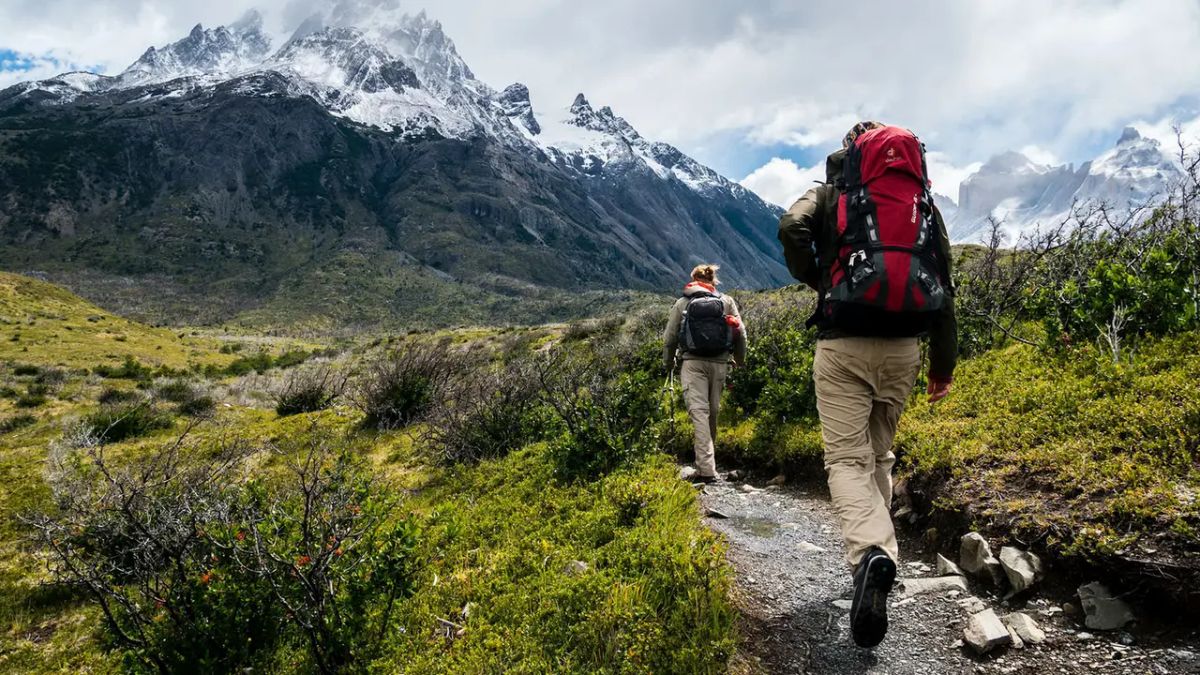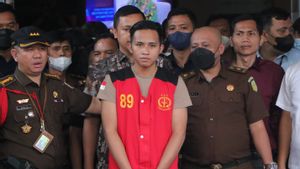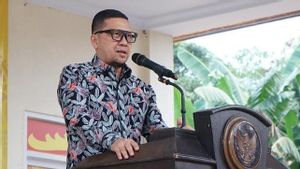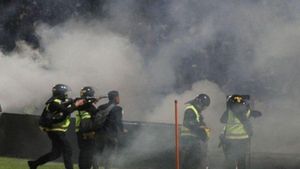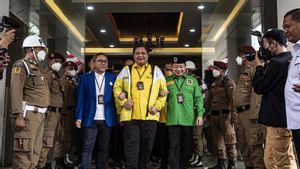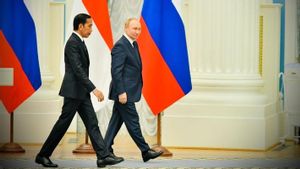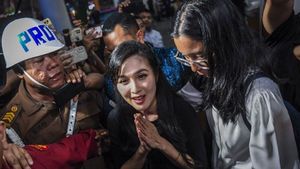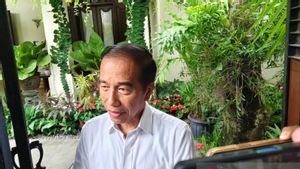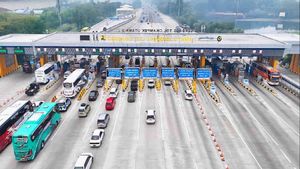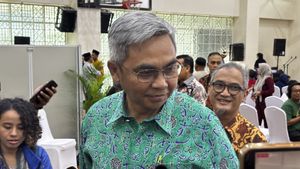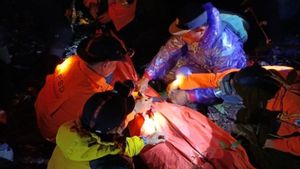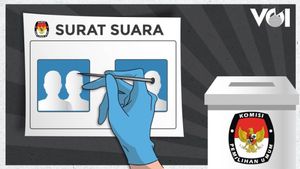JAKARTA - The Center for Volcanology and Geological Hazard Mitigation (PVMBG) asked residents, tourists and climbers to be alert to the potential for volcanoes with level II status.
Head of PVMBG, Hendra Gunawa, said that although the potential for a level II eruption is smaller than level III, it does not mean that the volcano is not dangerous.
"(Level II) is for climbers who approach the crater. Although the potential is small, if we approach the source of danger, it will certainly be a disaster", said Hendra at a press conference on geological disaster information in Jakarta, Thursday, October 6.
PVMBG then highlighted Mount Sorik Marapi in North Sumatra and Mount Gamalama in the Maluku Islands, which have level II status.
Hendra gave an example of vigilance as experienced by the two mountains in September 2022. At that time, there was a small earthquake at the top of Mount Sorik Marapi and Gamalama, at the same time many tourists climbed the two volcanoes.
The incident is a deformation that occurs due to volcanic activity in the form of magma movement below the surface which affects changes in pressure in the magma pocket.
At level II status, magma movements often occur followed by local tectonic earthquakes that can trigger phreatic eruptions so that volcanic ash appears.
The incident has the potential to be experienced by Mount Gamalama which is close to the airport so it can endanger flights.
"We ask climbers to always get information from the BPBD or the local government", said Hendra.
VOIR éGALEMENT:
Based on the latest PVMBG data, 17 volcanoes have started to show an increase in activity to enter level II or alert status.
The 17 volcanoes with level II status in addition to Mount Sorik Marapi and Mount Gamalama based on the Antara report, are Mount Awu in North Sulawesi, Mount Banda Api in Maluku, Mount Bromo in East Java, Mount Demo in South Sumatra, Mount Dukuno in North Maluku.
In addition, Mount Ibu in North Maluku, Mount Ile Werung in East Nusa Tenggara, Mount Karangetang in North Sulawesi, and Mount Kerinci in Jambi.
Next, Mount Lokon in North Sulawesi, Mount Raung in East Java, Mount Rinjani in West Nusa Tenggara, Mount Sangeangapi in West Nusa Tenggara, Mount Sinabung in North Sumatra, and Mount Soputan in North Sulawesi.
The English, Chinese, Japanese, Arabic, and French versions are automatically generated by the AI. So there may still be inaccuracies in translating, please always see Indonesian as our main language. (system supported by DigitalSiber.id)
